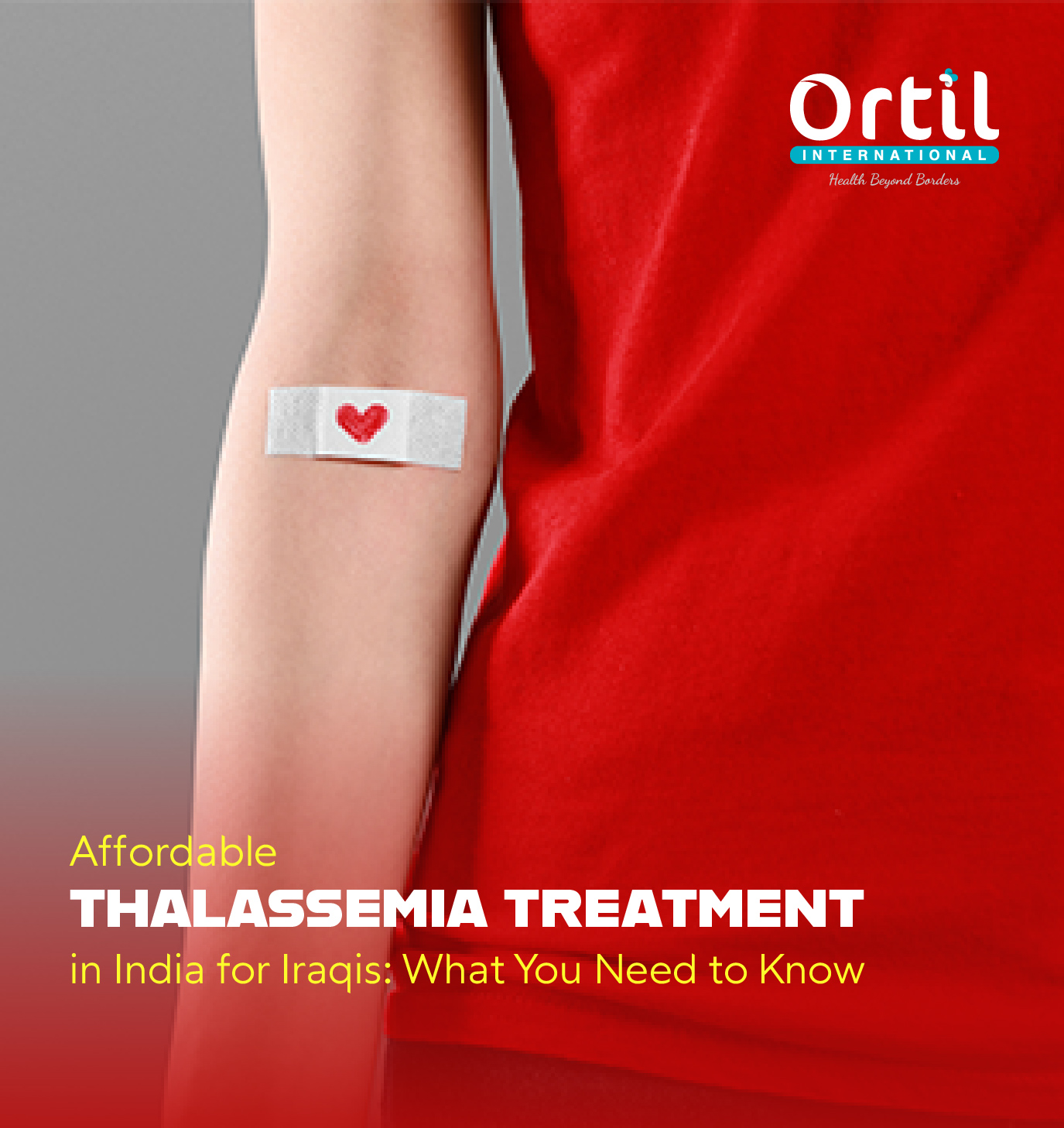Can Bone Marrow Transplant Treat All Types of Blood Diseases?
Bone marrow transplantation is a procedure used to treat some specific types of diseases. In this procedure, healthy stem cells are replaced with diseased bone marrow. The procedure can be used for almost all types of blood cancer, such as leukemia and immunity disorders.

Bone marrow transplant is also used after killing blood cancer cells with aggressive treatments like chemotherapy and radiation therapy.
Blood cancers either originate from white or red blood cells. They can also occur when cancer from other parts spreads and affects blood cell formation in the bone marrow. Bone marrow transplant for blood cancer is a widely used treatment.
Blood cancers are related to your bone marrow in a way that, from here, all blood cells are produced. Actually, your bone marrow produces stem cells, which have the tendency to convert to any form of blood cell, such as red blood cells, white blood cells, and platelets. When stem cells or bone marrow becomes defective, it starts producing cells without any control, or it starts producing a specific type of blood cell in a large amount without any control, which is termed blood cancer.
The Role of Bone Marrow Transplantation in Treating Blood Cancers
Chemotherapy and radiation therapy are used in killing or limiting the growth of cancer cells in various cancer treatments. In the case of blood cancers, these treatments are also used to kill the cancer cells. However, it is important to remember that even as these treatments target cancer cells, they can also affect healthy stem cells and their normal functioning.
When the bone marrow is not functioning properly, it fails to produce different types of blood cells necessary for oxygen supply, defense, and preventing excessive bleeding. In such cases, the transplantation of healthy bone marrow and stem cells can effectively repair the damage caused by medical treatments and other factors. This procedure helps in restoring the bone marrow's ability to produce all the essential blood cells required by the body.
What types of cancer can be treated with bone marrow transplants?
Can bone marrow transplants cure blood cancer? Yes, bone marrow transplant is used as a treatment for different types of blood cell diseases including blood cancer and autoimmune disorders. Bone marrow transplant is very effective in patients with leukemia and lymphoma, but it can also be used in other diseases such as:
- Leukemia
- Lymphoma
- Multiple Myeloma
- Aplastic Anemia
- Sickle Cell Disease
- Thalassemia
- Severe Combined Immunodeficiency
- Myelodysplastic Syndromes
- Hodgkin's Disease
- Non-Hodgkin's Lymphoma
How can it be identified if the donor’s stem cells match the recipients for an allogeneic or syngeneic transplant?
For a successful stem cell transplant, the donor's stem cells must closely match those of the recipient. HLA (human leukocyte antigen) testing is used to ensure a good match between the donor and recipient. With thousands of possible HLA tissue type combinations, finding an exact match can be challenging, but a transplant can still proceed even with an imperfect match.
In allogeneic transplants, matches are found among close family members, so the search for a donor is usually for siblings who have the highest chance of being a match. If no match is found within the family, the search expands to unrelated donors.
Syngeneic transplants are the same as allogeneic transplants, except the donor is a perfect match for the transplant because the sibling donor is a twin of the recipient.
Conclusion
Bone marrow transplants are effective treatments for many types of blood cell diseases and cancer, particularly end-stage diseases or blood cancers. After aggressive treatments like radiation therapy for blood cancer, a bone marrow transplant is performed to replace damaged stem cells with healthy bone marrow.
FAQs
How does a Bone Marrow Transplant Help Treat Medical Conditions?
Bone marrow transplant helps by producing healthy stem cells instead of damaged or diseased blood cells. These healthy stem cells divide into different types of blood cells and perform their functions in the body, like supplying oxygen, preventing bleeding, and defense mechanisms.
What Other Diseases can be Treated During a Bone Marrow Transplant?
The diseases that can be treated with bone marrow transplant include lymphoma, multiple myeloma, lymphoma, Hodgkin & non-Hodgkin’s disease, and aplastic anemia.
Which Diseases are Cured by Stem Cells?
Stem cell therapies offer benefits for individuals with aplastic anemia, immunodeficiencies, and inherited metabolic conditions.
Which Disorder is Treated with a Bone Marrow Transplant?
Blood cancers and autoimmune disorders can be treated with bone marrow transplants.
Can Bone Marrow Transplants Cure All?
Bone marrow can cure the disease if the matching donor is used and fewer complications occur.


















